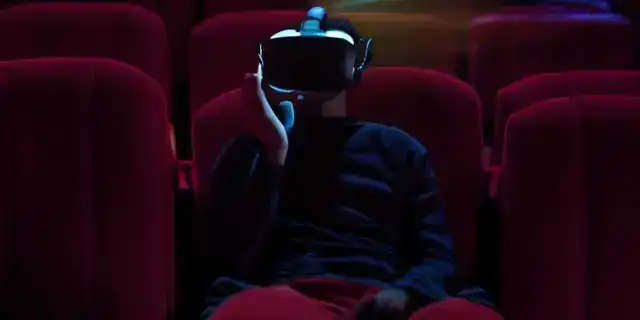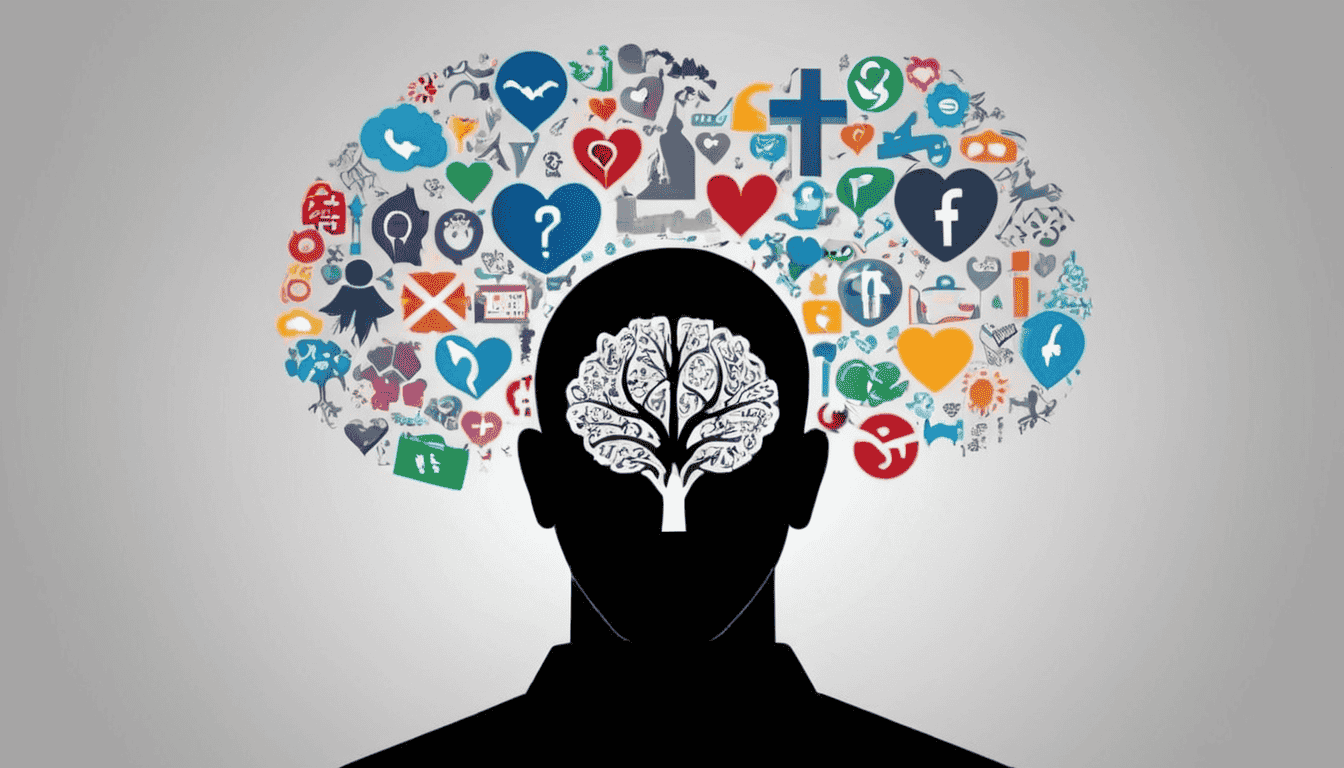The Impact of VAR Technology in the Transformation of Modern Football
Emily Willis

Photo: The Impact of VAR Technology in the Transformation of Modern Football
In recent years, football has undergone a significant transformation with the introduction of Video Assistant Referee (VAR) technology. This innovation has sparked debates, changed the dynamics of the game, and influenced how matches are officiated and perceived by players, coaches, and fans worldwide. In this article, we explore the profound impact of VAR technology on modern football, without using complex scientific terms, to provide insights that are both informative and engaging.
Understanding VAR Technology
Video Assistant Referee (VAR) technology is a system used in football to review decisions made by the referee with the assistance of video footage and a team of officials located in a centralized video operation room. It was introduced to help referees make more accurate and informed decisions on critical incidents during matches, such as goals, penalties, red card offenses, and cases of mistaken identity.
Evolution of VAR in Football
VAR technology was officially introduced by the International Football Association Board (IFAB) in 2018 after successful trials in various domestic leagues and international tournaments. Since its implementation, VAR has become an integral part of football officiating, with its adoption spreading across major leagues and competitions worldwide.
Key Impact Areas of VAR Technology
Increased Accuracy in Decision-Making: One of the primary objectives of VAR is to minimize errors in refereeing decisions that could potentially alter the outcome of matches. By reviewing incidents through video replays, referees can overturn incorrect decisions or confirm the validity of crucial match incidents.
Fairness and Justice: VAR aims to promote fairness and justice in football by ensuring that critical decisions, such as goals and penalties, are based on clear and conclusive evidence rather than human error or subjective interpretation.
Reduction of Controversial Incidents: VAR has helped reduce controversial incidents and disputes on the field by providing referees with an additional tool to assess incidents from different camera angles and perspectives.
Impact on Game Flow and Tempo: Critics argue that VAR has disrupted the natural flow and tempo of football matches, as referees may pause the game to review incidents, leading to delays and interruptions in play. However, proponents argue that the benefits of increased accuracy outweigh these concerns.
Challenges and Criticisms of VAR
Subjectivity in Decision-Making: Despite the use of technology, some decisions remain subjective and open to interpretation, leading to ongoing debates about the consistency and application of VAR across different leagues and competitions.
Technical Issues and Delays: Technical glitches and delays in VAR decision-making processes have raised concerns among fans, players, and coaches about the efficiency and reliability of the system during live matches.
Impact on Emotional Dynamics: VAR decisions can have a significant emotional impact on players, coaches, and supporters, especially when goals are disallowed or penalties are awarded based on video reviews.
Positive Outcomes and Future Prospects
Enhanced Spectator Experience: Despite initial skepticism, VAR has enhanced the spectator experience by adding an element of suspense and anticipation during critical moments of matches.
Refinement and Adaptation: Football authorities continue to refine VAR protocols and guidelines to address concerns and improve the efficiency and consistency of decision-making processes.
Global Adoption and Integration: The global adoption of VAR technology underscores its potential to standardize officiating practices and uphold the integrity of the game across different footballing cultures and regions.
Conclusion
In conclusion, VAR technology has significantly transformed modern football by enhancing decision-making accuracy, promoting fairness, and reducing controversies on the field. While challenges and criticisms persist, the overall impact of VAR on the sport has been profound, marking a paradigm shift in how football matches are officiated and perceived globally.
As football evolves, so too will the role of VAR, shaping the future of the game and its commitment to fairness, transparency, and the pursuit of excellence on and off the field. Embrace the evolution of football with VAR technology and appreciate its role in shaping the beautiful game for generations to come.
Latest ✨
View AllLuxury cruises offer a heightened travel experience with impeccable service, luxurious accommodations and carefully crafted itineraries. These cruises strike the perfect balance between leisure and exploration, with destinations that include the Mediterranean, Caribbean, Alaska, Norwegian Fjords and South Pacific Islands.
Emily Willis
Cloud computing is essential for modern businesses, offering cost savings, scalability, and improved collaboration. Implementing cloud computing requires careful planning to ensure safety and efficiency. Tips for safe and efficient implementation include conducting a needs assessment, choosing the right cloud service model, prioritizing security, planning for data migration, optimizing costs, training your team, implementing backup and recovery solutions, monitoring performance, planning for scalability, and staying updated with industry trends.
Emily Willis
The stock market is a crucial component of the global economy, providing a platform for capital formation, investment, and wealth creation. Understanding stock market movements, including bull and bear markets, market volatility, and factors influencing stock prices, is essential for investors, businesses, and policymakers. Economic, financial, and behavioral factors all play a role in shaping stock market dynamics.
Emily Willis
productivity in the workplace and provides a comprehensive guide to enhancing productivity. It covers topics such as understanding productivity styles, creating a productive workspace, time management, overcoming distractions, enhancing motivation and energy levels, effective task management, collaborating and delegating tasks, utilizing technology for productivity, and maintaining work-life balance.
Emily Willis
Business
View All
August 5, 2024
Effective Marketing Strategies to Increase Your Business Saleseffective marketing strategies in today's competitive marketplace. It discusses the significance of understanding the target audience, building a strong brand identity, and implementing various marketing tactics to increase sales. Specific strategies such as video marketing, influencer marketing, optimizing customer experience, embracing omnichannel marketing, tracking performance, staying updated on trends, and continuous improvement are highlighted.
Emily Willis

August 4, 2024
How to Build a Strong Brand Identity for Your BusinessBuilding a strong brand identity is essential for business success as it helps differentiate you in the market, connect with your audience, and build loyalty. Key steps include understanding your target audience, defining your mission and values, developing a unique selling proposition, creating a memorable brand name and logo, choosing brand colors and typography, crafting a brand voice and messaging, ensuring a consistent brand experience, leveraging visual content.
Emily Willis

August 5, 2024
Tips for Finding the Right and Profitable Business Ideasteps to finding a profitable business idea, including understanding your passions and skills, solving problems, conducting market research, finding a niche, leveraging your network, brainstorming, testing and validating your idea, staying updated on trends, evaluating market potential, validating your idea with customers, evaluating financial viability, protecting intellectual property, seeking guidance and support, and being prepared to adapt and evolve.
Emily Willis
Economy
View AllThe world of international trade is facing disruption due to rising protectionism, geopolitical tensions, technological advancements, shifting consumer preferences, and the rise of e-commerce. This has led to higher prices for consumers, disrupted supply chains, job losses, and reduced economic growth.
Read MoreCryptocurrencies are digital assets that operate on a decentralized system called blockchain. They offer potential benefits such as faster and cheaper transactions, enhanced security, financial inclusion, transparency, and a hedge against inflation. However, they also come with risks such as volatility, regulatory uncertainty, security concerns, environmental impact, and potential for illicit activities.
Read MoreBest Secured Loans for Debt Consolidation with Low Interest Rates | Compare Top Lenders & Save Money on Monthly Payments
Read MoreEntertainment
View All
August 4, 2024
The Future of Cinema: Trends in Film Production, Distribution, and Audience Engagementthe ever-evolving landscape of cinema, driven by technological advancements, changing audience preferences and innovative storytelling approaches. The exhibition explores trends such as digital filmmaking, virtual production, the dominance of streaming services, hybrid release models, and the revitalization of cinemas.
Emily Willis

August 4, 2024
Profiles of Famous Artists Who Inspire the Younger Generationthe inspirational aspects of famous artists such as Vincent van Gogh, Frida Kahlo, Pablo Picasso, Banksy, Yayoi Kusama, Jean-Michel Basquiat, Georgia O'Keeffe, Andy Warhol, Kehinde Wiley, and Ai Weiwei. It highlights their perseverance, innovation, authenticity, social commentary, mental health advocacy, and representation, among other qualities, and how these aspects continue to inspire young artists to pursue their creative dreams.
Emily Willis

August 5, 2024
Music Universal Language: Connecting and Inspiring Across CulturesMusic has the power to transcend language barriers and connect people on a deep emotional level. It serves as a bridge between cultures, fostering understanding and appreciation for diversity. The universality of rhythm and melody creates a sense of unity, while the diversity of musical styles allows for exploration and creativity.
Emily Willis
Health
View Allsignificance of mental health awareness in today's fast-paced world. It discusses the importance of understanding mental health, breaking down stigma, and promoting positive mental health practices.
Emily Willis
Maintaining good health involves a balanced diet that provides essential nutrients for the body. A balanced diet includes carbohydrates, proteins, fats, vitamins, minerals, fiber, and water. Benefits of a balanced diet include enhanced energy levels, improved mental health, a stronger immune system, better weight management, reduced risk of chronic diseases, and enhanced digestion. Components of a balanced diet include fruits and vegetables, whole grains, protein sources, dairy or dairy alternatives, and healthy fats. Tips for maintaining a balanced diet include planning meals, portion control, staying hydrated, limiting processed foods, eating mindfully, and including physical activity.
Emily Willis
In today's fast-paced world, stress, anxiety, and depression are common mental health challenges that can affect our overall well-being. Understanding these issues and taking steps to manage them is important. Strategies for managing mental health include prioritizing self-care, practicing mindfulness and relaxation techniques, challenging negative thoughts, connecting with others, developing healthy coping mechanisms, managing time effectively, and seeking professional help when needed.
Emily Willis
Trending 🔥
View All
1
2
3
6
7
8
9
10
Sports
View AllAugust 5, 2024
Inclusive Playing Field: Creating a Welcoming and Accessible Sports Environment
Read MoreAugust 4, 2024
The Importance of Mental Training and Psychological Strategies in Helping Athletes Reach Their Peak Performance on the Field
Read MoreAugust 5, 2024
Sportsmanship in the Spotlight: Cultivating Respect, Integrity, and Ethical Behavior
Read MoreTechnology
View All
August 5, 2024
Best AR Translation Apps Tested
Uncover the best AR translation apps on the market through our in-depth testing and reviews. From seamless voice conversations to real-world text translation, these apps will revolutionize the way you communicate across languages.

August 5, 2024
AI Applications that are Changing the World Around Us
Artificial Intelligence (AI) is no longer a concept from science fiction, but a reality that is reshaping the world around us. From virtual assistants to self-driving cars, AI is making significant impacts in various industries such as healthcare, education, transportation, and agriculture. AI is also being used to address environmental challenges and enhance customer experiences.

August 4, 2024
The Metaverse: A Virtual World with Endless Possibilities
metaverse is a rapidly evolving concept that offers a network of interconnected 3D virtual spaces accessed through technologies like VR and AR.

August 5, 2024
How to Choose the Right Cloud Computing Platform for Your Needs
Choosing the right cloud computing platform is essential for business success. Factors to consider include assessing business needs, evaluating cost and pricing models, analyzing performance and reliability, examining security and compliance, considering scalability and flexibility, evaluating support and customer service, assessing integration and compatibility, and reviewing user experience and ease of use.





















